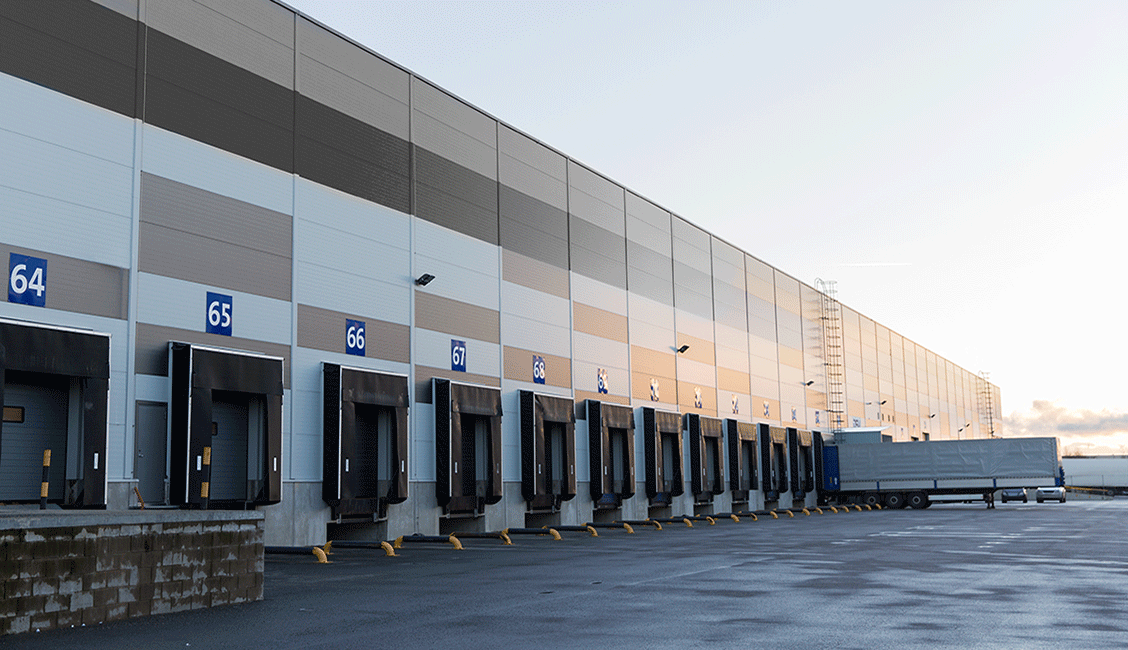Article content
2020 has been an extremely challenging year for Australia. Initially characterised by drought and devastating bushfires, and then by pandemic and the economic disruptions that followed in its wake.
Community fears over COVID-19 have led to consumers panic-buying some goods while decreased domestic air travel has limited air freight capacity and put more pressure on road and rail.
Supply chains, the nervous system of our economy, are now at a pivotal point. The criticality of the essential service they provide has been brought into sharp focus. The decisions organisations make now will determine how successful they are in responding to the challenges of future disruptions.
As the immediate supply chain disruptions associated with the COVID-19 pandemic start to ease, we explore some lessons that organisations can learn from the crisis.
1. Supply chain visibility is critical
The pandemic brought increased pressure on warehouses, drivers and retail outlets. This pressure amplified the need for better visibility across the supply chain. Where stock visibility has traditionally been focused on internal operations, visibility across partners and suppliers is now seen as critical to ensuring predictable on-time delivery – which ultimately makes the difference between essential goods remaining available and rows of empty shelves.
Visibility is often described as the baseline for understanding the supply chain, helping organisations uncover both interdependencies and black spots. But many organisations experience difficulty attaining the level of visibility they need to optimise operations. Some organisations rely on excel spreadsheets, emails and phone calls to share and manage information. Others find they need to access a wide array of different data systems – making it difficult to correlate and integrate data from different trading parties or even different parts of their own organisation. Both of these approaches are not only labour intensive and prone to human error, but they rarely provide the bigger picture needed to actually make better decisions.
Michael Hughes, Market Logistics and Planning Manager at MARS Petcare Australia, recently shared the importance of good stock visibility in his own operations – and those of MARS’s partners:
“Working in a warehouse environment during periods of peak demand has shown us the importance of having end-to-end visibility. It’s not just the need for visibility of our own operations, but also our logistics partners so we can keep our end customers informed and continue to deliver on our service promises,” Michael said.
Increased visibility can help address challenges not only in freight tracking, but also in managing customer expectations.
“While no one could have anticipated the demand at the peak of the pandemic, it has highlighted the need for better visibility from our own customers.”
“Through this period, what’s been really clear to us is that our supply chain strategy is the right strategy. The next part in our journey that we want to focus on is how we generate visibility for our customers.
We want to be able to be predictable in terms of when we are going to deliver to a customer and be able to take proactive steps when there is an event or crisis and respond appropriately,” added Hughes.
2. Data and technology will help organisations refocus on resilience and agility
Supply chain optimisation and intelligence-building has historically focused on efficiency and safety. This pandemic highlighted the need to complement these with a renewed focus on resiliency and agility. In this and future crises, organisations need to make decisions – often critical ones – at speed and with the best information they have at hand. One way organisations can better prepare for future crises is by making the technology investments now that will ensure they have the right data available to make evidence-based operational decisions at that time.
Kirk Coningham, CEO at The Australia Logistics Council explained: “When we started to experience supermarket supply chain shock it became clear that Australia needs a far more granular approach to understanding our supply chain. With such a diverse geographic landscape it’s clear the improvements must come through data and technology."
“Technologies like asset tracking, the wider adoption of telematics and electronic work diaries have the power to generate a seismic shift in the industry, enabling the capture of real time data that can be shared across the whole supply chain,” Coningham said.
Data was paramount for Australia’s biggest private rail freight operator, SCT Logistics, as it sought to keep operations running efficiently during the peak of the pandemic. The adoption of Telstra Track and Monitor and Telstra’s MT Data telematics solution pre-COVID-19 is helping the organisation keep client and staff confidence riding high.
“We were more prepared for the pandemic than we thought. We adopted Telstra Track and Monitor over 18 months ago. So with the data reporting we have available we could ensure visibility – providing our customers with a view across all of our rolling stock,” said Sean Atchinson, CIO of SCT Logistics.
“Customer demands have shifted, and they now want to be involved upfront in how we plan our trains and trucks to meet their demands. With full asset visibility and geolocation data, we can give customers visibility of where a truck is at any minute. The situation during the pandemic would have been totally different if we didn’t have this in place,” he shared.
3. Collaboration will help pave the way forward
To meet the key challenges that the COVID-19 pandemic presented to the industry, supply chain participants had to collaborate more closely than ever before. One thing is absolutely certain - there will always be crises and disruption in the future – and our ability to collaborate will be a critical factor in determining how successfully we meet the challenges they will present.
Hughes believes that secure data collaboration is crucial for optimising the supply chain.
“Looking forward, close collaboration and secure data sharing will help improve supply chain visibility and resilience. If we can share important data sources securely, we will have the ability in future to connect the different parts of the supply chain so that warehouses, logistics and retails outlets can work together more seamlessly,” Hughes said.
Telstra is working closely with organisations across the industry to understand the key challenges they face and to create robust and scalable approaches that remove friction from cross-supply-chain collaboration.

